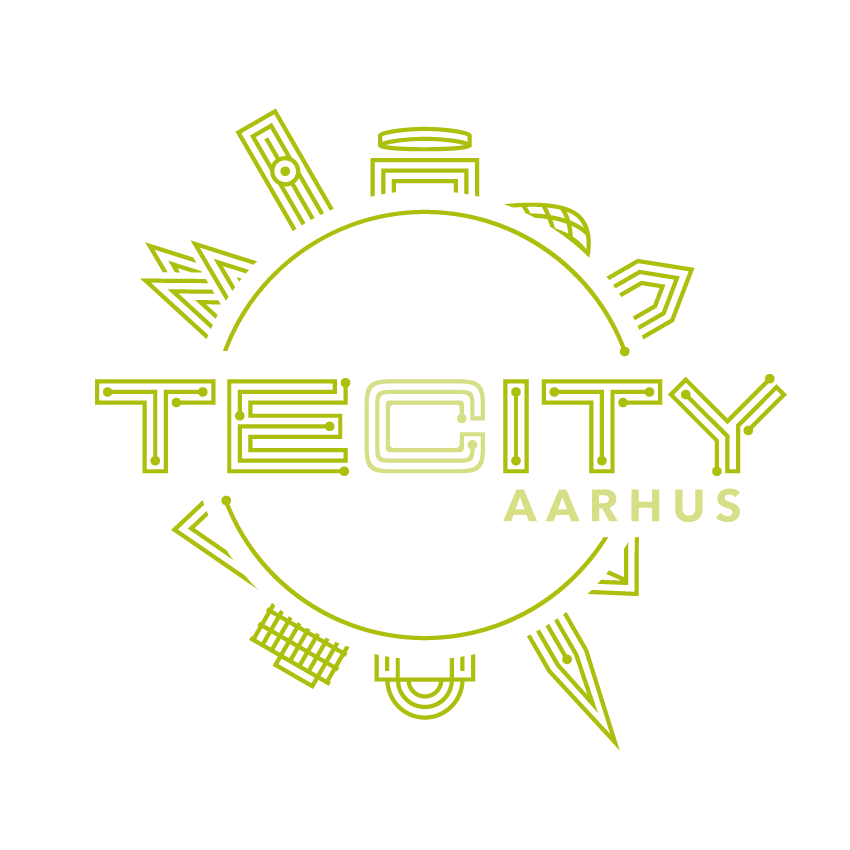Is hustle culture dead and buried? Not quite, but something has happened
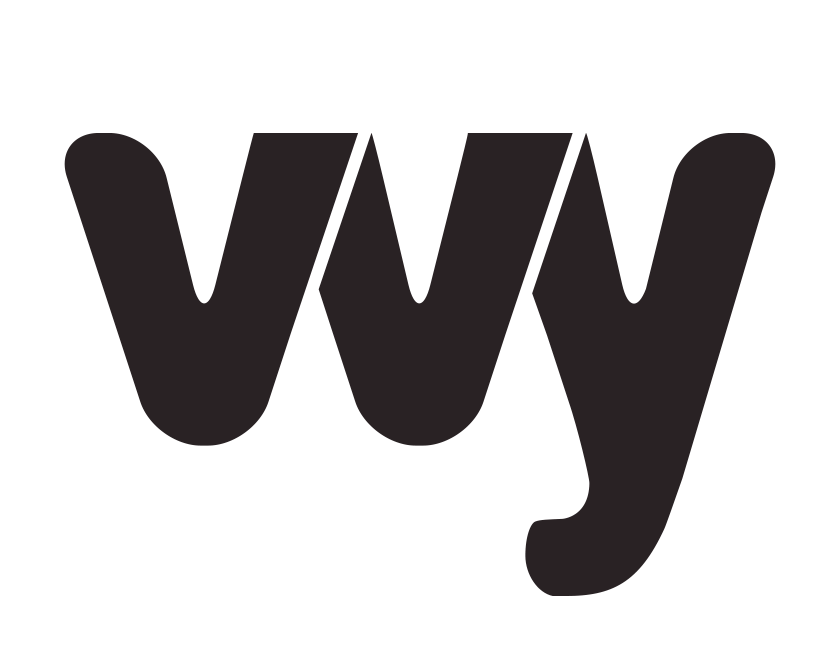
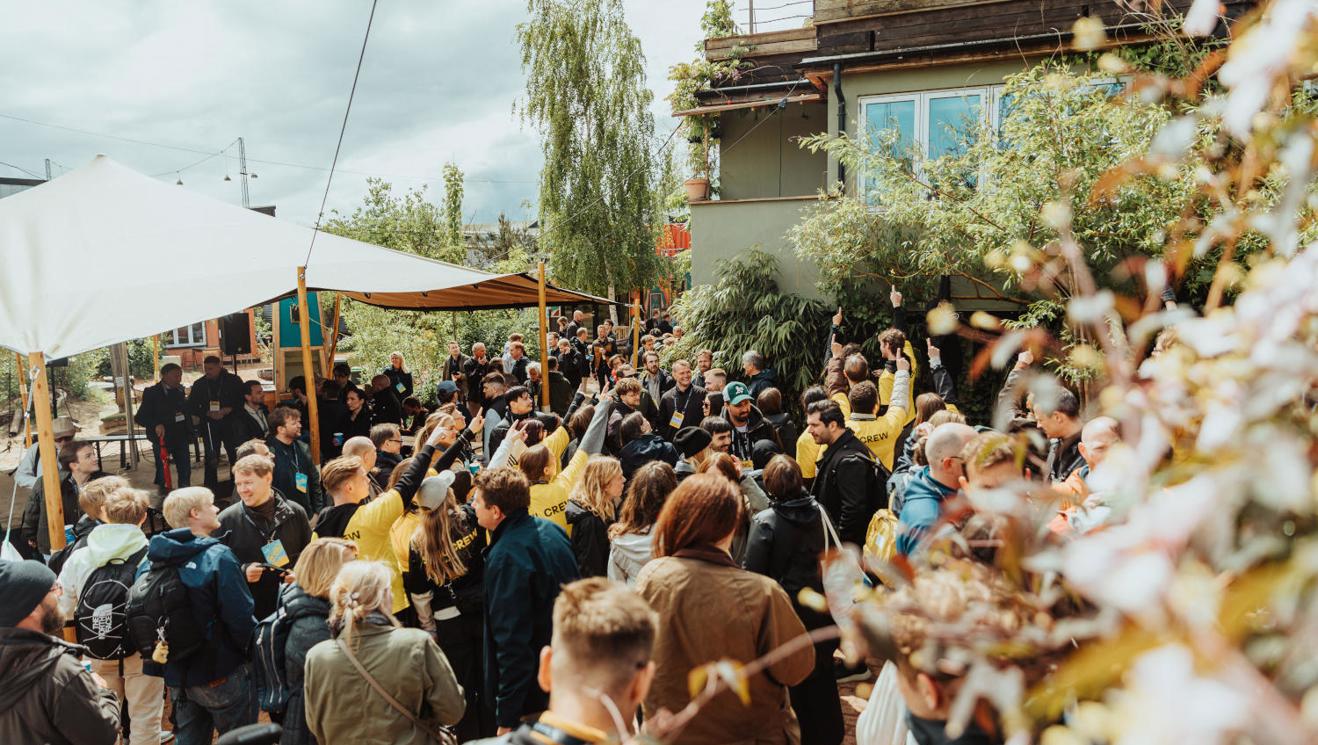
On a rainy Thursday in May, more than 500 startup founders, curious investors and other ecosystem players gathered under umbrellas, canopies and in the small wooden houses at the Institute for (X) in Aarhus. The area behind Godsbanen in Aarhus was the setting for the startup conference SMIL.
As promised, version 1.0 of SMIL was a completely different conference that took the format completely out of the usual framework. The atmosphere was informal and more reminiscent of a music festival than an entrepreneurial event. The atmosphere was emphasized to perfection when local legendary reggae band Bliglad took the stage between the two blocks of sessions.
“We have removed the keynote format completely. Instead, participants have to participate, interact and play a role. It can be walk-and-talks, drawing workshops or small discussion rooms. That way you are activated and take knowledge with you in a completely different way,” Ellen Kobberø from Startup Aarhus, which is behind SMIL, told TechSavvy prior to the conference.
But behind the reggae rhythms and walk-and-talks lurks a heavier question: Has the startup ecosystem changed course? Are we still in love with the idea of sleeping under our desks and living off protein bars – or is there room for something else in 2025?
In a small, crowded house just down a winding gravel path, Rikke Nielsen from IDA talked about hustle culture in startups with the two founders Julie Kondrup from Understory and Matthias Edström from DripDrop, while they colored mandala patterns.
Rikke Nielsen opened the conversation with the question:
“Which entrepreneur claims to have worked so hard that he developed scurvy?” *
Success is about more than career
In the startup world, ambition is often associated with growth curves, pitch decks and endless to-do lists. But for Julie Sondrup of Understory, a new kind of ambition began to take shape when she left the consulting industry. Back then, the career path was straightforward and measurable: bachelor, master, permanent job in the consultancy. But the reality on the other side of the desk was characterized by stressed colleagues and silence about anything but work. It was a wakeup call.
“I saw people who were exhausted and who almost apologized when they mentioned their children. I didn’t want that life,” she explained from the small, makeshift stage.
It was the start of a personal recalibration. Not just a career change, but a fundamental reassessment of what it means to be ambitious.
Instead of continuing at high speed along the beaten path, she started asking questions: What do I really want to do with my life? This led to a rejection of the idea that ambition is only about job titles and salary ranges. For Julie, ambition was redefined as a balanced life with room for friendships, physical and mental health and, not least, fun at work.
“For me, ambition today is about being successful in all aspects of life – not just at work,” she said.
Today, it’s the whole that counts. Work life should energize, not drain. And she has taken that attitude into the startup world, where ambition doesn’t necessarily mean more hours – but more meaning.
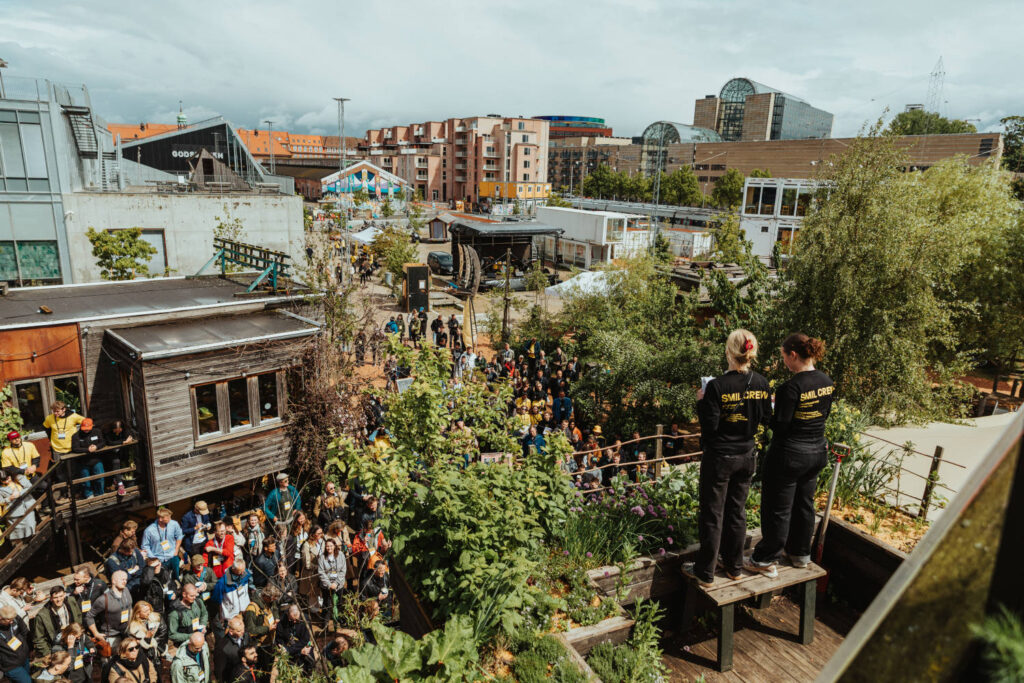
Hustle with human scale
It’s not busyness itself that’s the problem – it’s how you deal with it. At both Understory and DripDrop, they work consciously to create a framework that allows for a fast pace without wearing people down. Because it’s not about avoiding hard work, it’s about making sure you can handle it in the long run.
At Understory, flexibility is more than an advantage, it’s a requirement. They trust their employees to know when and how they work best. Some come in early, others send Slack messages at three in the morning. The important thing is the output.
“We know that people are productive at different times and we trust them to get the job done,” said Julie Sondrup.
DripDrop has a more structured approach, but has introduced a 4.5-day work week with every other Friday off. The aim is to allow for recovery and ensure people stick around long enough to make a real difference.
“We don’t want to push people over the edge and then just replace them. That only creates complexity and poorer user experiences,” explained Mattias Edström.
In both places, management plays an important role. When the boss picks up children at 2pm or encourages you to take an ice cream break in the sun, it sends a clear signal: here it is allowed to be human – even during working hours.
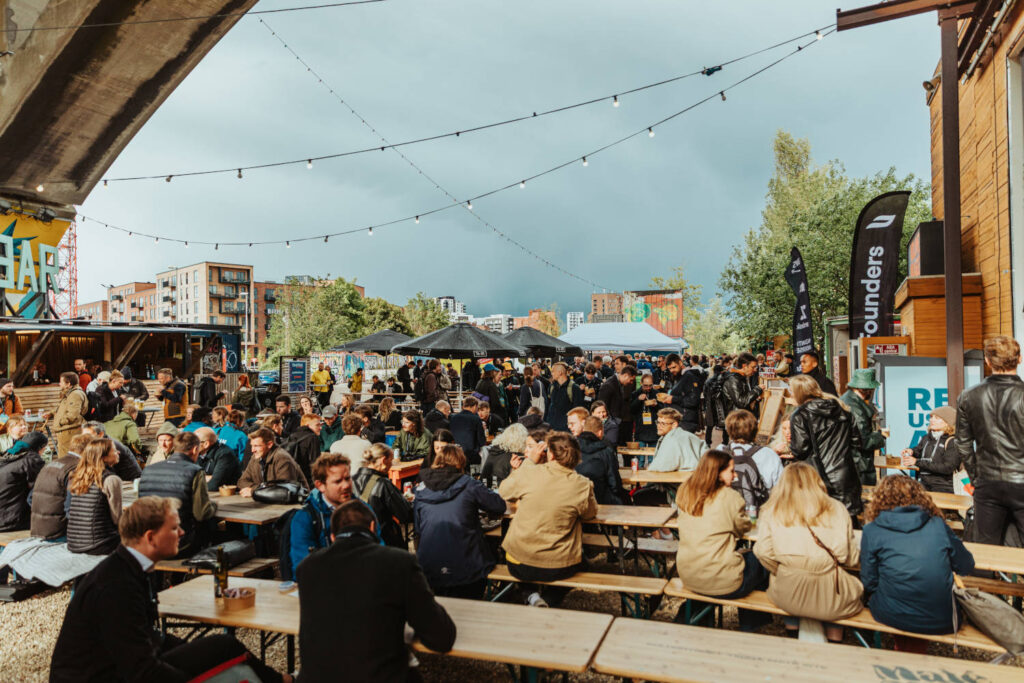
The myth of the heroic entrepreneur
The image of the sleepless, caffeine-fueled founder living under his desk and living on cereal is still alive and well. It’s a narrative that many young entrepreneurs know – and some admire. But in the conversation at the SMIL conference, that very story was put under the microscope.
The tale of overnight success and the burned-out entrepreneurial hero is both inspiring and daunting. Because what happens when you try to copy a recipe that succeeds for only a few – and perhaps only succeeded because timing, luck and networking came together?
“I think we sometimes mistakenly link success directly to the extreme hustle. But it’s just one piece of a much bigger puzzle,” said Mattias Edström and continued:
“Most successful founders have also been in the right place at the right time, but we rarely hear about that.”
Julie Sondrup was also skeptical about the glorification of the extreme cases.
“You get the impression that you just have to work your ass off and then the money and success will come. But it doesn’t work like that.”
* OpenAI founder Sam Altman has claimed that his hard work gave him scurvy
Indlægget Is hustle culture dead and buried? Not quite, but something has happened blev først udgivet på TechSavvy.
